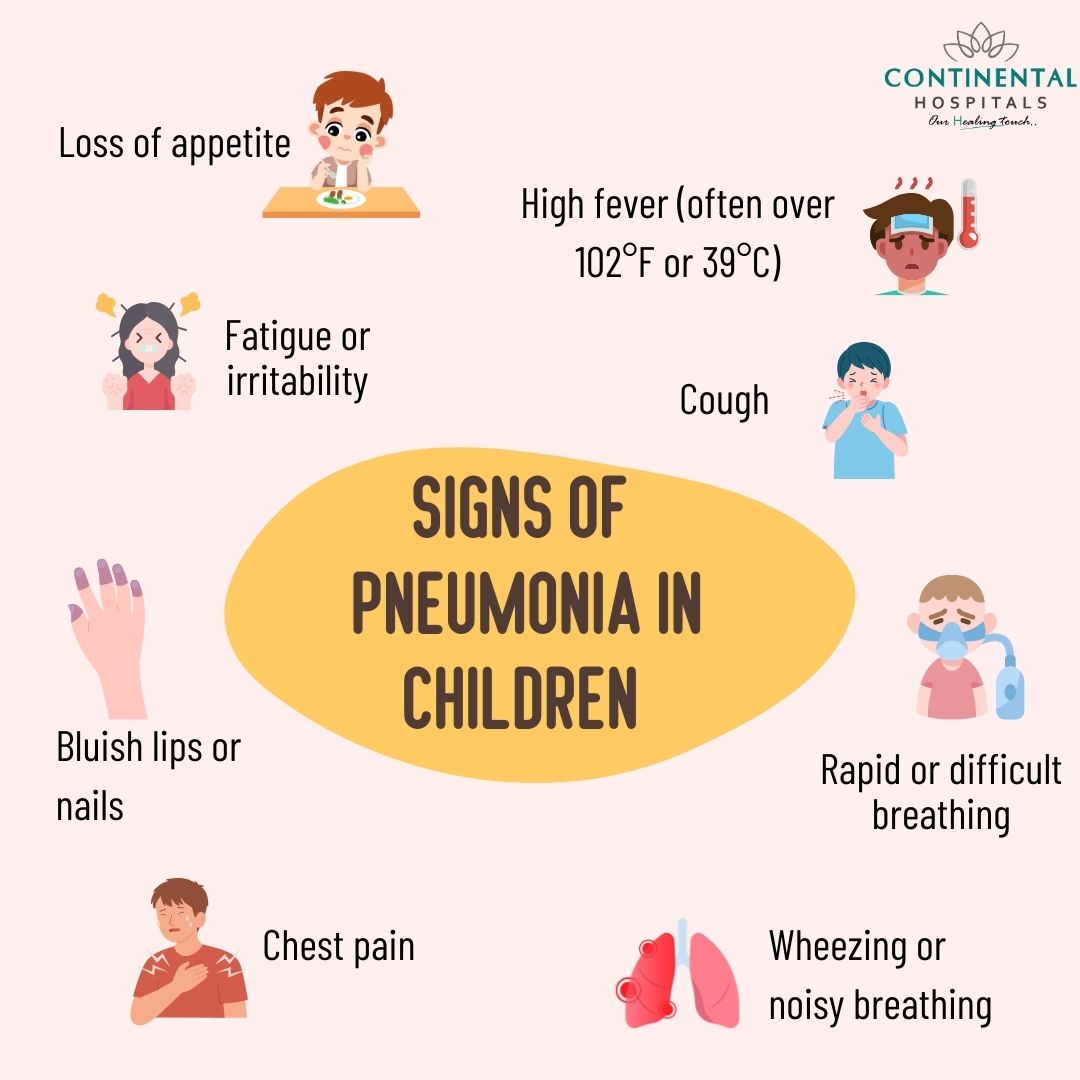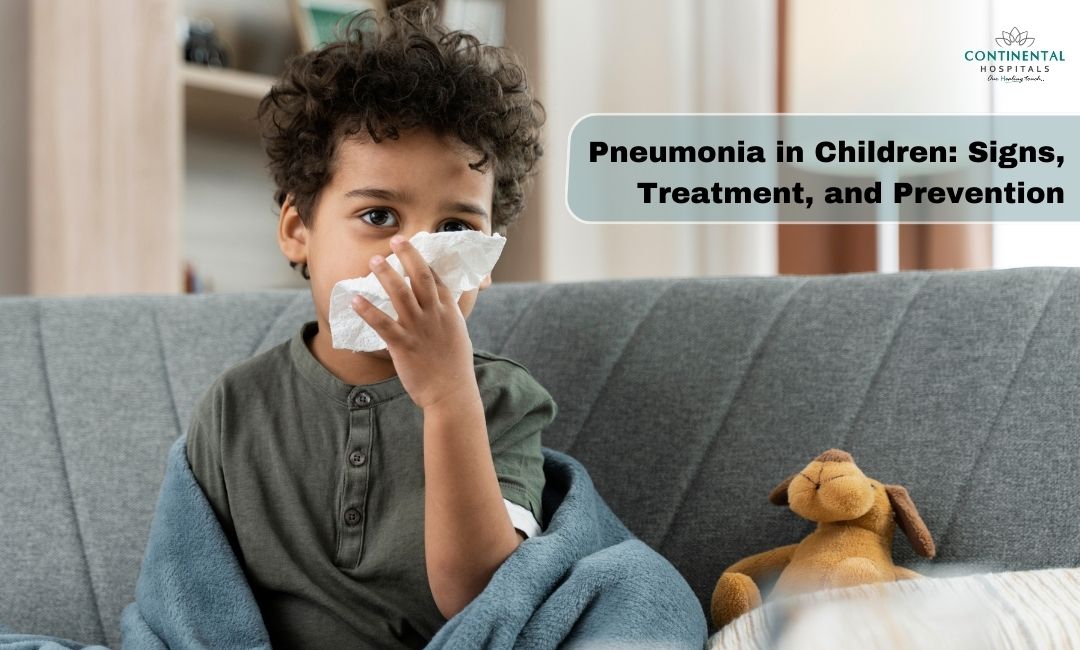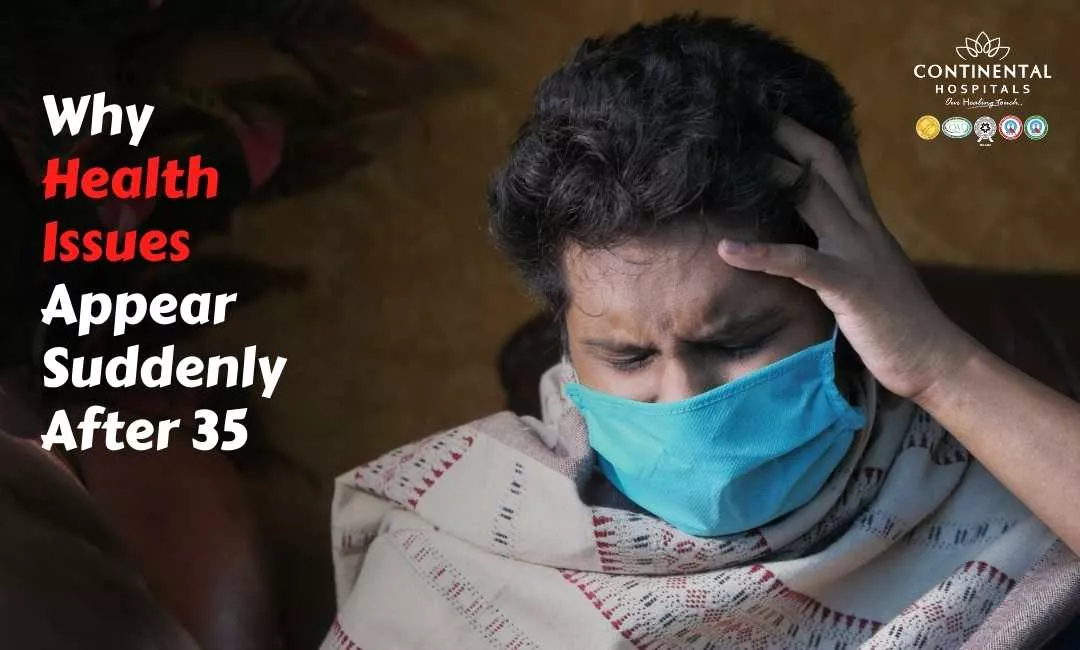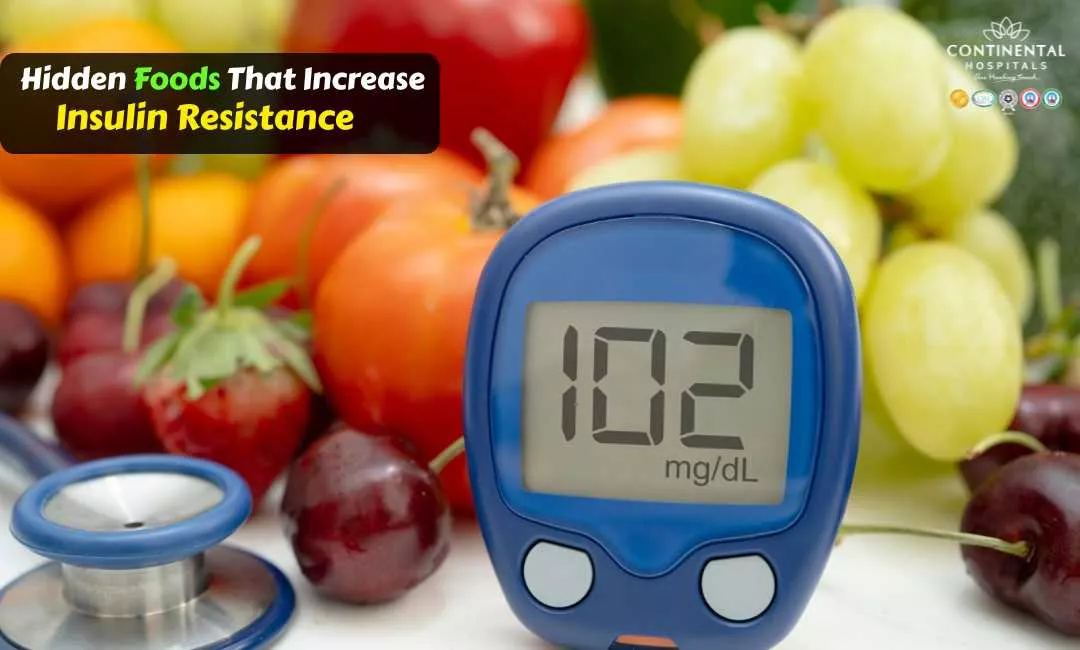Pneumonia is a common respiratory infection that can affect people of all ages, including children. It occurs when the air sacs in the lungs become inflamed and filled with fluid or pus, making it difficult to breathe. While pneumonia can be mild and easily treated, it can also be severe and life-threatening, especially in young children. In this blog post, we'll explore the signs, treatment options, and prevention strategies for pneumonia in children.
Causes of Pneumonia in Children:
Bacteria: Bacterial infections are a significant cause of pneumonia in children. The most common bacterial pathogens responsible for pneumonia in children include Streptococcus pneumonia(pneumococcus), Haemophilus influenza type b (Hib), and Mycoplasma pneumonia.
Viruses: Viral infections are another leading cause of pneumonia in children, especially in younger age groups. Respiratory syncytial virus (RSV), influenza virus, adenovirus, and parainfluenza virus are among the viruses that commonly cause pneumonia in children.
Fungi: Fungal pneumonia is less common in children but can occur, particularly in children with weakened immune systems or underlying health conditions. Fungal organisms can cause pneumonia, especially in immunocompromised children.
Environmental factors: Exposure to environmental pollutants, such as smoke, smog, or other air pollutants, can increase the risk of developing pneumonia in children. Additionally, children living in overcrowded or poorly ventilated environments may be more susceptible to respiratory infections leading to pneumonia.
Aspiration: Accidental inhalation of food, liquids, or foreign objects into the lungs can lead to aspiration pneumonia in children, particularly in infants and toddlers who may have difficulty swallowing or coughing effectively.
Underlying health conditions: Children with underlying health conditions, such as chronic lung diseases (e.g., asthma, cystic fibrosis), congenital heart defects, or immunodeficiency disorders, are at higher risk of developing pneumonia. These conditions may impair the child's ability to fight off infections effectively.
Prematurity: Premature infants are at increased risk of developing pneumonia due to their immature immune systems and underdeveloped lungs, making them more susceptible to respiratory infections.
Malnutrition: Malnourished children are more vulnerable to infections, including pneumonia, due to weakened immune systems.
Immunodeficiency disorders: Children with primary or acquired immunodeficiency disorders, such as HIV/AIDS or severe combined immunodeficiency (SCID), have a higher risk of developing pneumonia due to their compromised immune function.
Inhalation of irritants: Inhalation of irritants such as chemicals, smoke, or gases can lead to inflammation of the lungs and increase the risk of pneumonia in children.
If you suspect your child has pneumonia or is experiencing severe respiratory symptoms, seek medical attention immediately from Pediatrician.

Signs of Pneumonia in Children:
Recognizing the signs of pneumonia in children is crucial for early detection and treatment. Symptoms can vary depending on the age of the child and the severity of the infection, but common signs include:
Cough: Children with pneumonia often have a persistent cough that may produce mucus or phlegm. The cough may be accompanied by wheezing or difficulty breathing.
Fever: A high fever is a common symptom of pneumonia in children. The fever may come on suddenly and be accompanied by chills or sweating.
Rapid breathing: Children with pneumonia may breathe rapidly or have difficulty catching their breath. This is often noticeable even when the child is at rest.
Chest pain: Some children with pneumonia experience chest pain, especially when coughing or taking deep breaths. This pain may be sharp or dull and can worsen with movement.
Fatigue: Pneumonia can make children feel very tired and lethargic. They may have little energy for normal activities and may seem unusually sleepy or irritable.
Loss of appetite: Children with pneumonia may lose their appetite and have trouble eating or drinking. This can lead to dehydration if not addressed promptly.
Bluish lips or nails: In severe cases of pneumonia, children may develop a bluish tint to their lips, nails, or skin due to a lack of oxygen in the blood.
Treatment of Pneumonia in Children:
Treatment for pneumonia in children typically involves a combination of rest, fluids, and medication. The specific approach will depend on the child's age, overall health, and the severity of the infection. Here are some common treatment options:
Antibiotics: If the pneumonia is caused by bacteria, antibiotics may be prescribed to help fight the infection. It's essential to complete the full course of antibiotics, even if the child starts to feel better before they're finished.
Fever reducers: Over-the-counter medications can help reduce fever and alleviate discomfort. Be sure to follow the recommended dosage for your child's age and weight.
Inhalers or nebulizers: Children with pneumonia may benefit from using inhalers or nebulizers to help open up their airways and make breathing easier. These devices deliver medication directly to the lungs.
Oxygen therapy: In severe cases of pneumonia, children may require supplemental oxygen to help them breathe. This is usually provided in a hospital setting until the child's condition improves.
IV fluids: If a child is dehydrated due to difficulty eating or drinking, they may need to receive fluids intravenously to rehydrate their body and prevent complications.
Hospitalization: In some cases, particularly if the child is very young or has underlying health conditions, hospitalization may be necessary for close monitoring and treatment.
Prevention of Pneumonia in Children:
While it's not always possible to prevent pneumonia entirely, there are steps you can take to reduce your child's risk of infection:
Vaccination: Vaccines are available to protect against certain types of bacteria and viruses that can cause pneumonia, including Streptococcus pneumoniae and influenza. Make sure your child is up to date on their vaccinations.
Hand hygiene: Encourage regular handwashing with soap and water, especially before eating or touching the face. This can help prevent the spread of germs that can cause respiratory infections like pneumonia.
Avoiding exposure to smoke: Exposure to cigarette smoke, whether firsthand or secondhand, can increase the risk of respiratory infections like pneumonia. Keep your home smoke-free and avoid places where smoking is allowed.
Breastfeeding: If possible, breastfeed your baby for at least the first six months of life. Breast milk contains antibodies that can help protect against infections, including pneumonia.
Good nutrition: Make sure your child eats a balanced diet rich in fruits, vegetables, and whole grains to support a healthy immune system. Adequate nutrition can help reduce the risk of infections like pneumonia.
Avoiding sick people: Try to avoid close contact with people who are sick, especially if they have symptoms of a respiratory infection like coughing or sneezing.
Pneumonia is a common respiratory infection that can affect children of all ages. Recognizing the signs of pneumonia and seeking prompt medical treatment is essential for a speedy recovery and to prevent complications. By following preventive measures such as vaccination, hand hygiene, and maintaining a healthy lifestyle, you can help reduce your child's risk of developing pneumonia. If you suspect that your child may have pneumonia, don't hesitate to contact their healthcare provider for evaluation and treatment.
If you suspect your child has pneumonia or is experiencing severe respiratory symptoms, seek medical attention immediately from Pediatrician.
Related Blog Articles:
1. Flu Season and Kids: Protecting Your Children from Influenza
2. Importance of Flu Vaccines: Myth vs. Fact
.webp)














